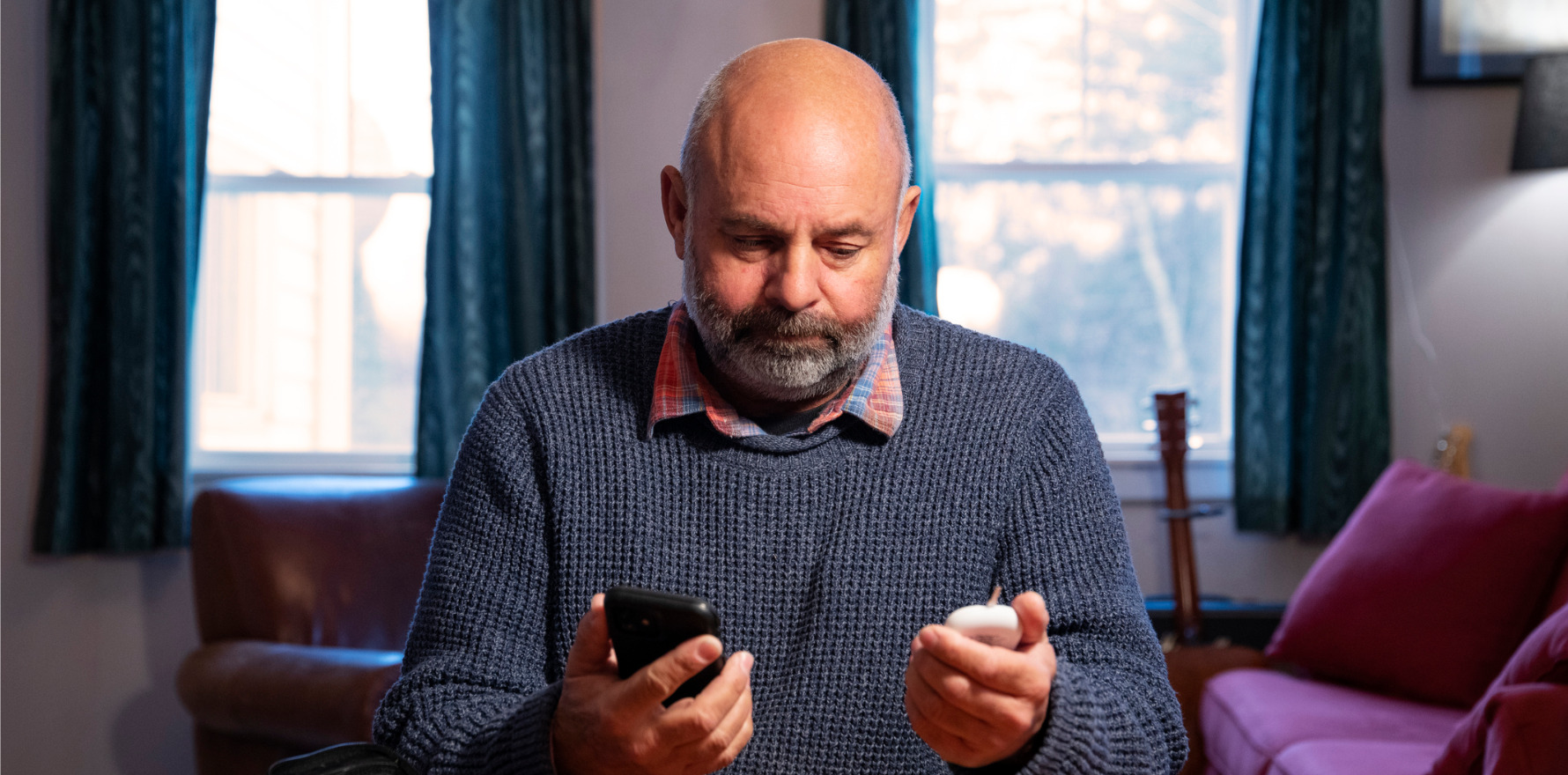Study suggests a clinician-supported phone app could help keep this notoriously non-adherent patient group on track.
Gout is relatively easy to treat, but with notoriously low medication adherence, treating physicians face an uphill battle getting patients to control serum urate levels.
But now researchers have developed a mobile phone app that appears to help gout patients self-manage their condition, in conjunction with a serum urate test kit and health professional input.
The randomised controlled feasibility study, published in Lancet Rheumatology, found that three in four participants who used the app hit the 0.30mmol/L urate target. In contrast, only one in six participants who had standard care did.
“Supporting patients to manage their own gout can transform clinical outcomes, and the approach we have developed offers a way of doing this without putting more pressure on an already stretched healthcare service,” said lead author Dr Philip Riches, consultant rheumatologist at the University of Edinburgh.
The researchers recruited 60 participants with a urate level over 0.36mmol/L, to include those with a greater need of therapy escalation. The primary outcome was the percentage of participants achieving a target urate of 0.30mmol/L or less at 24 weeks, which is the cut off recommended by the British Society for Rheumatology.
Patients in the intervention arm were provided with the GoutSMART app and a urate self-testing meter, and after entering data were given direct advice from clinicians on medication escalation. Urate levels were tested and entered every two weeks for patients above the target 0.30mmol/L level, while patients with urate at target and with no recent flares tested monthly. The patients’ GPs were kept informed of dosage adjustments.
Control group patients receiving usual care had a limited version of the app, which functioned only as a health diary to record flares and quality of life measures. Their gout management plan was implemented by their GP.
At the end of 24 weeks, 73% of the intervention group achieved the 0.30mmol/L urate target, compared with 15% of the control group.
Target urate at 52 weeks, a secondary outcome, was achieved by 80% of intervention participants, compared with 45% of the control group. Flares were also reduced in the intervention group compared to those receiving usual care, although there was no significant difference in rates of tophaceous disease. The dropout rate over one year was 10% in both groups.
While app support for gout patients is not new, the study authors pointed out that existing apps provide only limited clinician support. This study’s approach differed in that the study team actively monitored the serum urate results and provided instant advice on escalating urate-lowering therapy where appropriate.
“I believe the human input/interaction is important,” Dr Riches said.
“Using self-testing meters does improve patient understanding about how medicines work, but I still received regular messages asking why patients were still suffering flares even when their urate levels were good. So the opportunity to console and reassure patients that things will get better must surely improve adherence,” said Dr Riches.
In an accompanying editorial, Professor Lisa Stamp and Associate Professor Angelo Gaffo highlighted limitations of the study, including the younger average age of participants relative to the general gout patient cohort.
The authors pointed out that people with advanced chronic kidney disease were excluded, which “although understandable at this stage of development for this treatment concept … results in the exclusion of 20–24% of individuals with gout who can be difficult to treat and could potentially benefit from this intervention”.
In pointing out that 20% of the intervention group did not achieve target, Professor Stamp and Professor Gaffo wrote “a key challenge in managing gout is to determine which treatment strategy will be best suited to an individual with gout and to identify those for whom more support might be required”.
The study authors suggested larger trials were needed to evaluate the clinical and cost-effectiveness of the approach, while Professor Stamp and Professor Gaffo recommended including a more representative group of patients, including those with significant comorbidities, in future trials.


